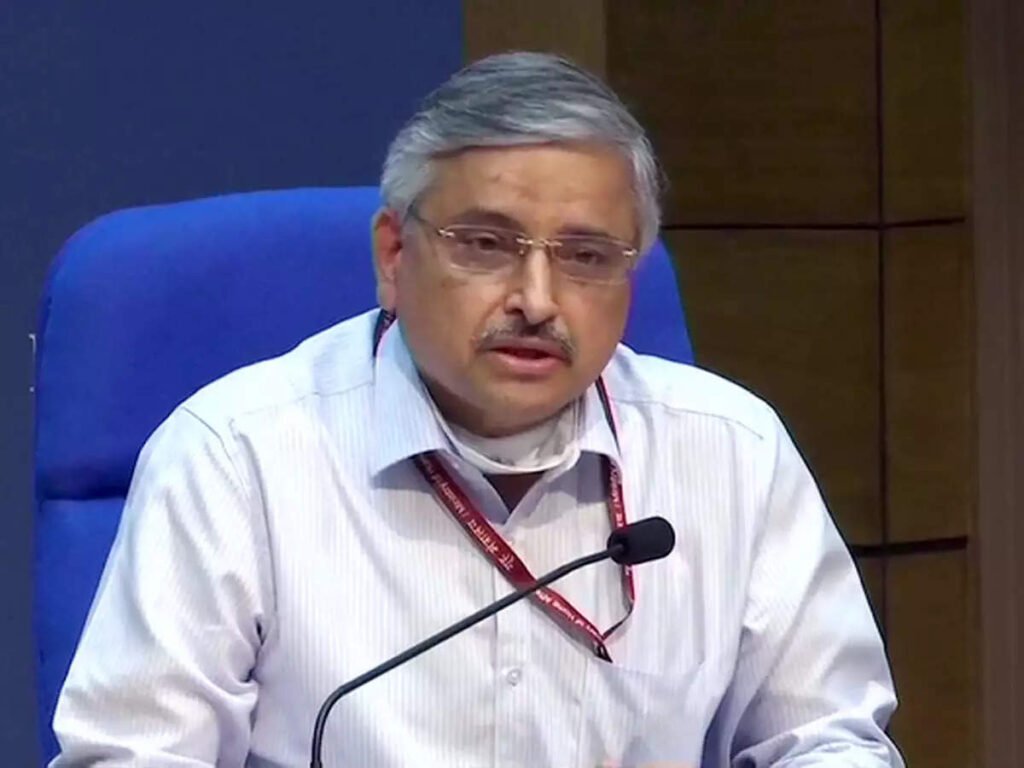
Dr. Randeep Guleria
In an era where road safety is paramount, one silent menace continues to pose a grave threat on our highways – obstructive sleep apnea (OSA). The lethal combination of drowsy driving and this sleep disorder has quietly crept behind the wheels, resulting in a surge of road accidents and fatalities. Dr. Randeep Guleria, Chairman- Institute of Internal Medicine, Respiratory & Sleep Medicine, Director – Medical Education, Respiratory and Sleep Medicine, Medanta, Gurugram and Dr Surya Prakash Bhatt, PhD+Post Doctoral, Senior Research Scientist, Department of Pulmonary, Critical Care and Sleep Medicine, All India Institute of Medical Sciences, explain why it is important that we confront the looming menace of sleep apnea head-on.

Dr Surya Prakash Bhatt
On September 22, 2022, Mr. Nitin Gadkari, the Union Minister for Road Transport and Highways, addressed a meeting of the National Road Safety Council (NRSC). During this meeting, he issued a directive to officials, emphasizing the importance of developing a policy that would require sleep detection sensors to be installed on commercial vehicles, aligning with European standards. The Minister stressed the necessity of establishing fixed driving hours for truck drivers, similar to regulations for pilots, in order to mitigate the risk of accidents caused by driver fatigue. Additionally, he urged NRSC members to collaborate on various aspects of road safety to enhance efforts aimed at saving more lives.
OSA’s Lethal Impact
“The risk of drowsy driving for individuals with OSA, a disorder causing recurrent breathing disruptions during sleep, is exceptionally magnified. These interruptions, though often undetected, have significant consequences, including daytime sleepiness, fatigue, and compromised concentration. In India, the prevalence of OSA remains a growing concern. Recent statistics from a Lancet study estimate that approximately 28 million individuals suffer from this disorder. Despite its widespread presence, OSA often goes undiagnosed, creating a breeding ground for road accidents.
In the United States and the United Kingdom, special policies safeguard road users, especially commercial drivers and pilots, from sleep disorders. These nations recognize the inherent dangers of OSA and prioritize road safety.
The UK’s Driver and Vehicle Licensing Agency (DVLA) provides guidelines for assessing drivers’ fitness to drive with OSA, requiring regular medical assessments and effective OSA treatment, like CPAP therapy, for commercial drivers.
In the US, the Federal Motor Carrier Safety Administration (FMCSA) has guidelines for commercial drivers, mandating regular medical examinations that include OSA screening. Suspected cases undergo diagnostic testing, and treatment compliance is monitored. Determining fitness to drive considers OSA management and prevention of daytime sleepiness.
Research findings underscore the undeniable link between OSA and road traffic accidents. Studies reveal that patients with OSA are 2.3–2.6 times more likely to be involved in accidents compared to the general population. Moreover, driver inattention, often stemming from untreated sleep-disordered breathing (SDB), contributes to up to 20% of accidents, equating to the perils of driving under the influence of alcohol.
For professional drivers, the risks are even more pronounced. Taxi and truck drivers with OSA face a staggering 300% increased risk of road traffic accidents. In-depth studies conducted at esteemed institutions like AIIMS and King George’s Medical University have shown that over 20% of all road accident victims suffer from SDB and OSA. Even more concerning, a significant 23% of truck drivers are plagued by sleep deprivation, adding to the potential for fatal mishaps.

Government Intervention: A Wake-Up Call
Urgent steps are needed to curb road traffic accidents related to sleep disorders. Countries like Australia, for example, have embraced proactive measures by implementing regular tests to assess the fitness of commercial vehicle drivers. These tests, occurring once every three years for drivers aged 49 or under and annually for older drivers, ensure that individuals with suspected sleep apnea are promptly diagnosed and treated before returning to driving.
In stark contrast, India currently lacks adequate awareness and policies addressing this issue. It is imperative that the government spearheads a comprehensive sleep awareness campaign to educate the masses about the significance of healthy sleep. Furthermore, given that unhealthy sleep is a leading cause of non-communicable diseases like diabetes, policies related to sleep must be included and monitored.
By raising awareness, implementing regular testing protocols, and advocating for comprehensive sleep policies, we can take significant strides toward reducing road accidents, saving lives, and ensuring the safety of all road users.
 TrafficInfraTech Magazine Linking People Places & Progress
TrafficInfraTech Magazine Linking People Places & Progress